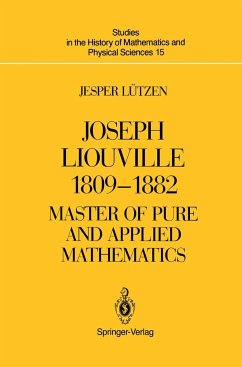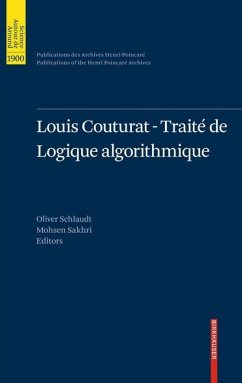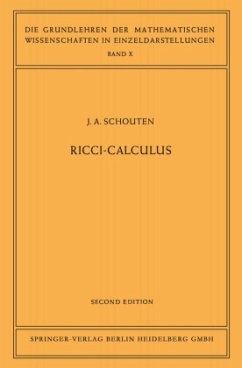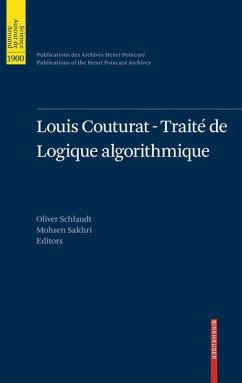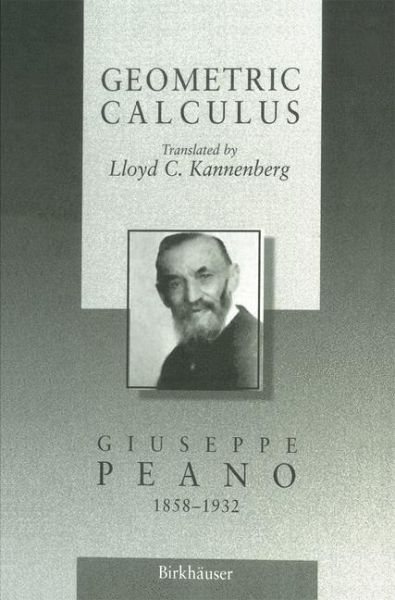
Geometric Calculus
According to the Ausdehnungslehre of H. Grassmann
Übersetzung: Kannenberg, L. C.

PAYBACK Punkte
19 °P sammeln!
The geometric calculus, in general, consists in a system of operations on geometric entities, and their consequences, analogous to those that algebra has on the num bers. It permits the expression in formulas of the results of geometric constructions, the representation with equations of propositions of geometry, and the substitution of a transformation of equations for a verbal argument. The geometric calculus exhibits analogies with analytic geometry; but it differs from it in that, whereas in analytic geometry the calculations are made on the numbers that determine the geometric entities, i...
The geometric calculus, in general, consists in a system of operations on geometric entities, and their consequences, analogous to those that algebra has on the num bers. It permits the expression in formulas of the results of geometric constructions, the representation with equations of propositions of geometry, and the substitution of a transformation of equations for a verbal argument. The geometric calculus exhibits analogies with analytic geometry; but it differs from it in that, whereas in analytic geometry the calculations are made on the numbers that determine the geometric entities, in this new science the calculations are made on the geometric entities themselves. A first attempt at a geometric calculus was due to the great mind of Leibniz (1679);1 in the present century there were proposed and developed various methods of calculation having practical utility, among which deserving special mention are 2 the barycentric calculus of Mobius (1827), that of the equipollences of Bellavitis (1832),3 the quaternions of Hamilton (1853),4 and the applications to geometry 5 of the Ausdehnungslehre of Hermann Grassmann (1844). Of these various methods, the last cited to a great extent incorporates the others and is superior in its powers of calculation and in the simplicity of its formulas. But the excessively lofty and abstruse contents of the Ausdehnungslehre impeded the diffusion of that science; and thus even its applications to geometry are still very little appreciated by mathematicians.







